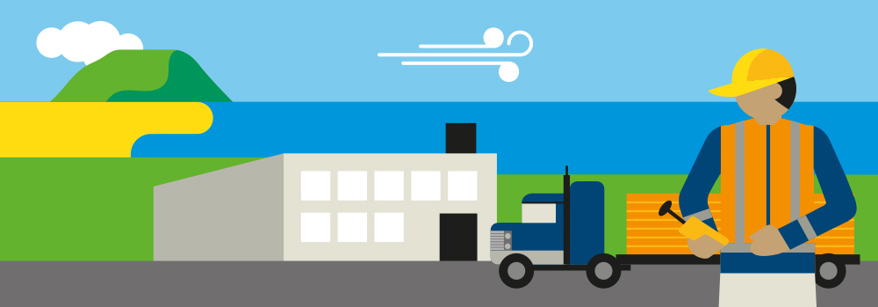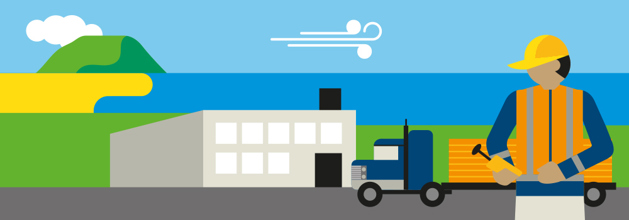Air quality is a big focus for the Regional Council. Our Regional Air Plan sets air quality rules that are consistent with national requirements. This plan identifies the threshold for when a resource consent is required, through which we can set specific conditions requiring dust be reduced.
When consents expire and applicants reapply, we take a fresh look at the activity factoring in the best available information at the time. With technology constantly improving, better air quality data now available and the Mount industrial area now designated as a polluted airshed, this means significant improvements can be made.
We carry out enforcement action when people break the rules or don’t comply with their consent conditions. This includes fines and prosecutions.
A lot of good things are happening in the Mount industrial area, with many businesses sealing exposed surfaces, installing dust fences and technology being improved. We are seeing the effect of this in our monitoring with less exceedances being recorded. However, some of this good work is being partially offset by an increase in traffic and other activities throughout the Mount industrial zone.


